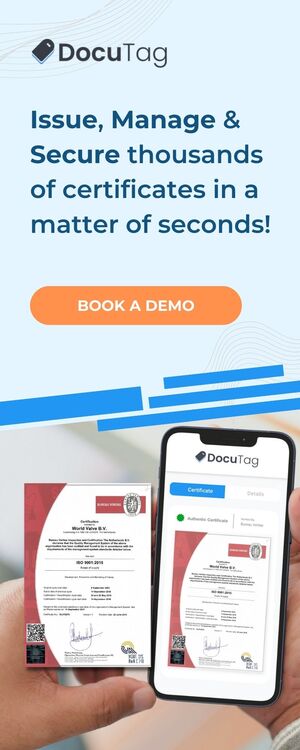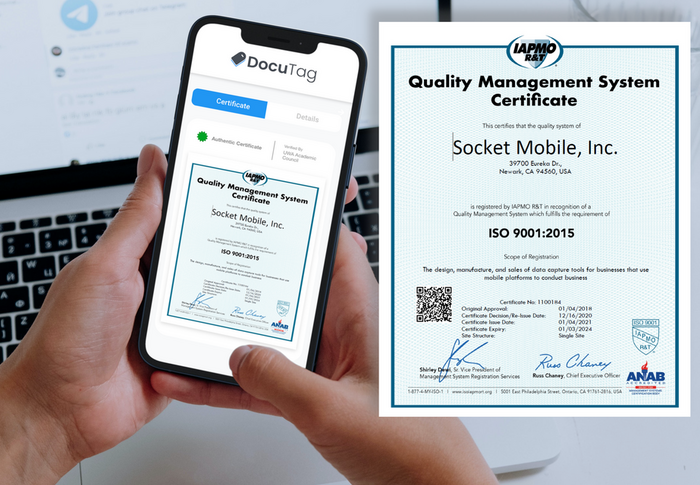Counterfeit Jewelry and Luxury Goods: How to Fight the “Fakes” Market?
Identifying the actual size of the knock-off jewelry market is difficult. Presently, it’s estimated that jewelry and luxury goods might not be the most counterfeited items, but they have the highest market value. In 2017, the cost of seized counterfeit jewelry and watches was $460,162,145 in the USA only. It takes a lot of expertise and research for anti-counterfeit providers to spot fake jewelry, as it is usually falsified with a high level of precision.
An infamous example of such activity happened in March 2018 when U.S. Customs and Border Protection officers seized a shipment of counterfeit jewelry and watch worth $1.4 million. The load was confiscated in Philadelphia, and it’s known to be one of the most critical cases of seized counterfeit goods in the USA. The batch came from Hong Kong, as typically most of the fraudulent products come from Asian or African countries.
The vicious industry is quickly expanding, and you might wonder what its perils are. If you dig deeper into the issue, it’s clear that it does not only harm large manufacturers but also threatens everyday consumers. Nonetheless, the market does not stop growing and imperils more and more areas. To diminish the risk luxury goods producers are turning to the most innovative concepts of our age. A great example is blockchain technology. In this article, we will discuss how blockchain is an eligible tool to fight such harms.
The Threats of Knock-off Luxury Items
At first glance, bogus jewelry or similar items don’t seem like a significant threat. It’s usually cheaper than the real ones, and it’s almost impossible to tell the difference. However, fakes are way harsher than you might think. First of all, the most widely recognized issue is the loss of revenue. Yes, genuine brands are suffering from counterfeiters and losing millions. Of course, for some of them, it doesn’t seem like a serious problem, but it affects more than only big corporations. It also complicates the journey of small manufacturers to the market and, in many cases, eliminates them.
A few years ago, an organization called The Ecology Center conducted a study to identify how harmful cheap and fake jewelry is. Apparently, cheap knock-offs harm not only manufacturers but also consumers due to high levels of toxic ingredients. The organization found out that more than half of the jewelry tested contained dangerous chemicals and high levels of toxic metals. Some of them can put you in a considerable risk of getting an allergic reaction, yet some of them can cause chemical burns and more severe damages.
Not to mention, most of fake goods producers use cheap and, in most cases, child labor. As a result, it does not only affect us but also all people around the world. Therefore, as a luxury items manufacturer, you should always consider a fair trade and ensure that your customers get the best quality and genuine products. For buyers, it’s essential to raise the awareness of such harms and know how even a small purchase can impair you and people around you.

Is Product Tagging Using Blockchain Technology the Answer?
To answer this question, we should look closely at the solutions that blockchain technology provides. With features like track and trace, storing smart contracts, and providing significant levels of transparency and privacy, blockchain strikes as one of the most promising technologies to fight the counterfeit market. By implementing and empowering these features, industries could work on:
- Blockchain Tagging – this aspect can be quickly done by applying simple tagging technique such as QR codes, NFC tags, Barcodes, and so on. Those codes would link to the system on blockchain, where everyone who has access could see the information and updates about a product. The information on blockchain is almost impossible to hack or corrupt, thereby manufacturers and buyers would be sure that the purchased item is real and authentic.
A great example is LuxTag and their client luxury watch manufacturer Chronoswiss. The Swiss company launched a new watch collection and tagged it using LuxTag digital tagging solution. Now, a buyer can access a database by using LuxTag app and see all crucial details about an item. Moreover, Chronoswiss can see a further distribution of an asset and get valuable business insights. As a result, both parties kill two birds with one stone.
- Digitizing a supply chain – this part is more complicated as a supply chain can be compared with an immense organism with many separate functioning parts. It’s expensive and takes a long time to prepare adequately, yet, it can bring valuable results. Most of the counterfeit jewelry floods the market through a supply chain. Due to the lack of regulations and visibility, it’s challenging to track moving goods. What blockchain offers is to record updates throughout a chain and register them on blockchain where buyers and manufacturers could safely access them. That would help to track items and ensuring that they are genuine.
Blockchain technology is growing and, along its way, changing the way people see it. Currently, many industries are searching for innovative and proven methods to ensure a smooth business flow and empower their customers. The jewelry and watch market is not an exception. This old industry turns to one of the most revolutionary technologies of a new century and joins forces to fight counterfeit together.
®“LuxTag”, Trademark registered.




